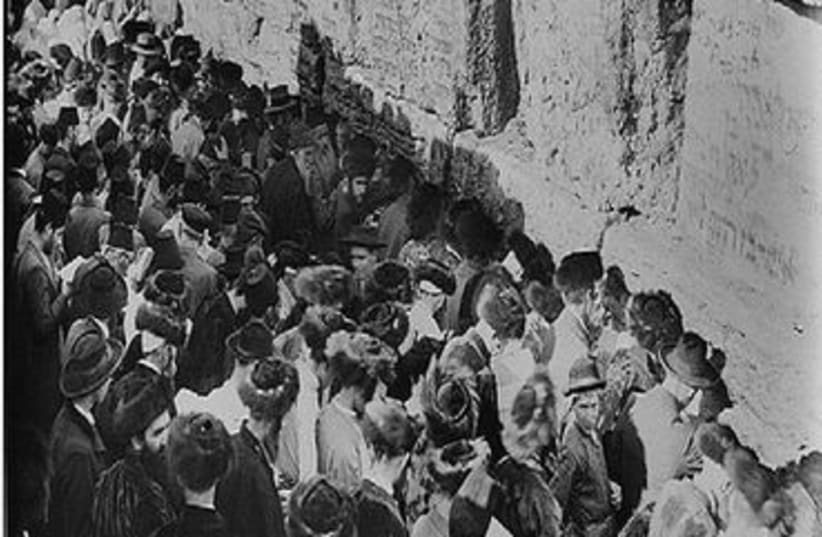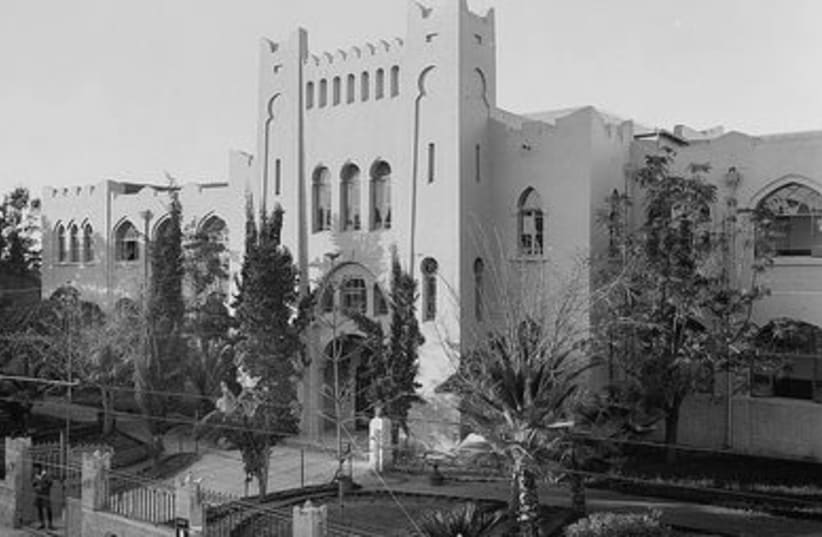
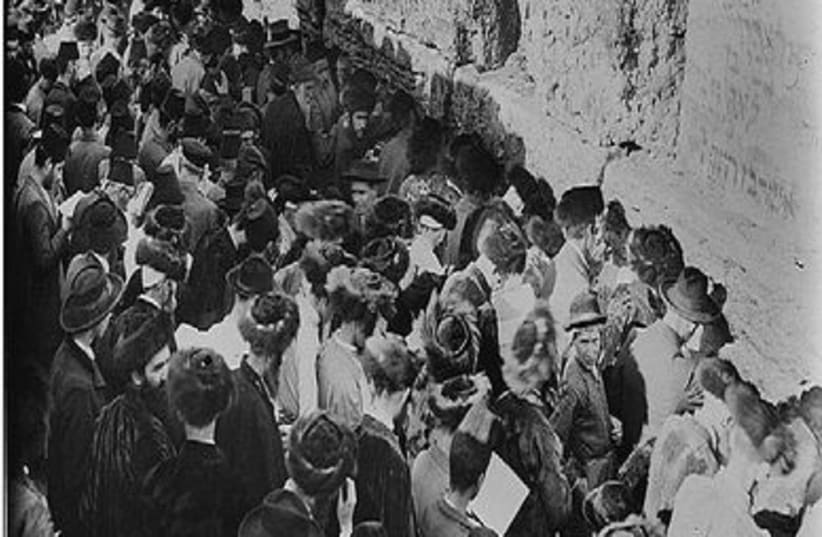
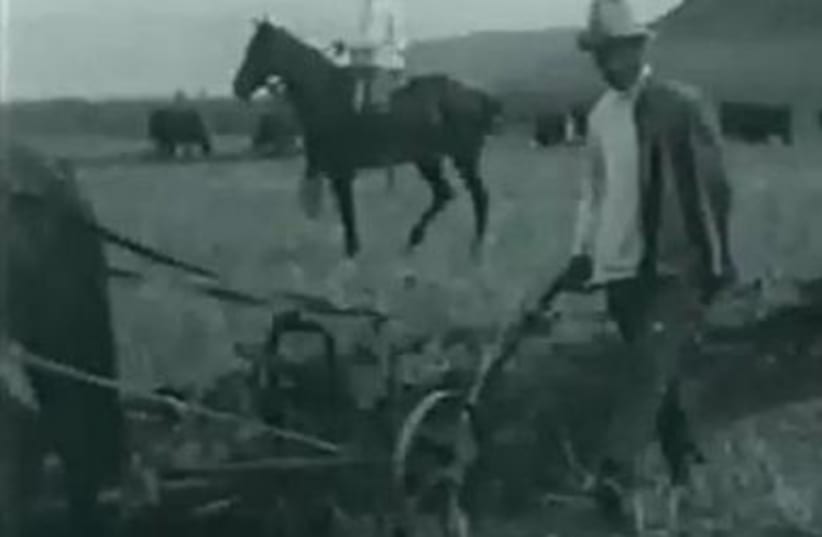
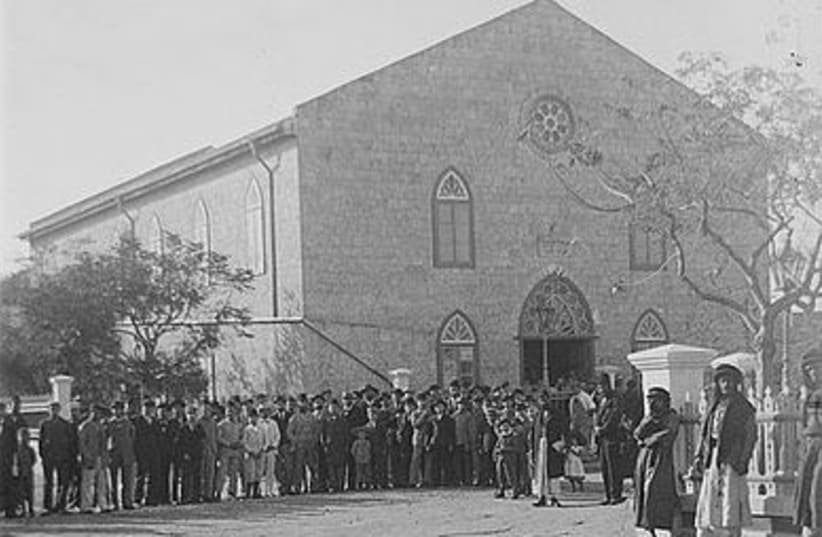

This month features a collection of photos featured in a 1913 film on the Life of the Jews of Palestine. The film shows that Jewish life in Palestine in 1913 was vibrant and productive -- 35 years before the founding of Israel. Within a few short years, however, the winds of World War I would sweep across Palestine, plunging the Jews of the Yishuv into a period of starvation, pestilence, exile and hardship.For two months, producer Noah Sokolovsky filmed the cities, holy sites and agricultural communities of Israel, which would eventually be show to the 11th Zionist Congress. Sokolovsky's ship sailed from Odessa in April 1913 with 92 Jews destined for Israel. Some went for educational purposes, others went for health reason, for employment, or to visit family during Passover. Two families consisting of 19 people made aliya and moved to the Holy Land.The trip would take 11 days, stopping in Constantinople, Alexandria and finally Jaffa. In Petach Tikva, the "mother of the settlements," the clip showed the well-established orange industry, including camel caravans taking the crates of oranges to Jaffa port for export. The clip also shows the building of the Technion in Haifa, expressing pride that 100 of the 130 construction workers were Jewish. A segment on Tiberias shows the town's two yeshivot, servicing the 2,000 Sephardi and 2000 Ashkenazi Hasidic Jews. The last segment shows a festival held in Rehovot that attracted 6,000 Jews from around Palestine. A chartered train brought hundreds from Tel Aviv to Ramle and they continued to Rehovot by wagon, horse or on foot. In a precursor to today's "Maccabiah" athletic games, an athletic presentation was given by sportsmen from around Israel. The "festival of Hebrew youth" also attracted 40 Jewish athletes from Germany.Other locations visited included Hadera, Kinneret, Rosh Pinna, Jericho, Rishon Lezion, Nes Ziona, and Gedera.Though the film was presented to Congress, it was lost soon after and in 1997, the original negative was found in France. In 2000, the restored 80-minute film was shown at several Jewish film festival and reviewed by The New York Times.In 2009, the film was posted on YouTube and in the last month the film was re-posted to include narrations by Israeli entertainer Yehoram Gaon.More photos can be viewed at http://www.israeldailypicture.com
